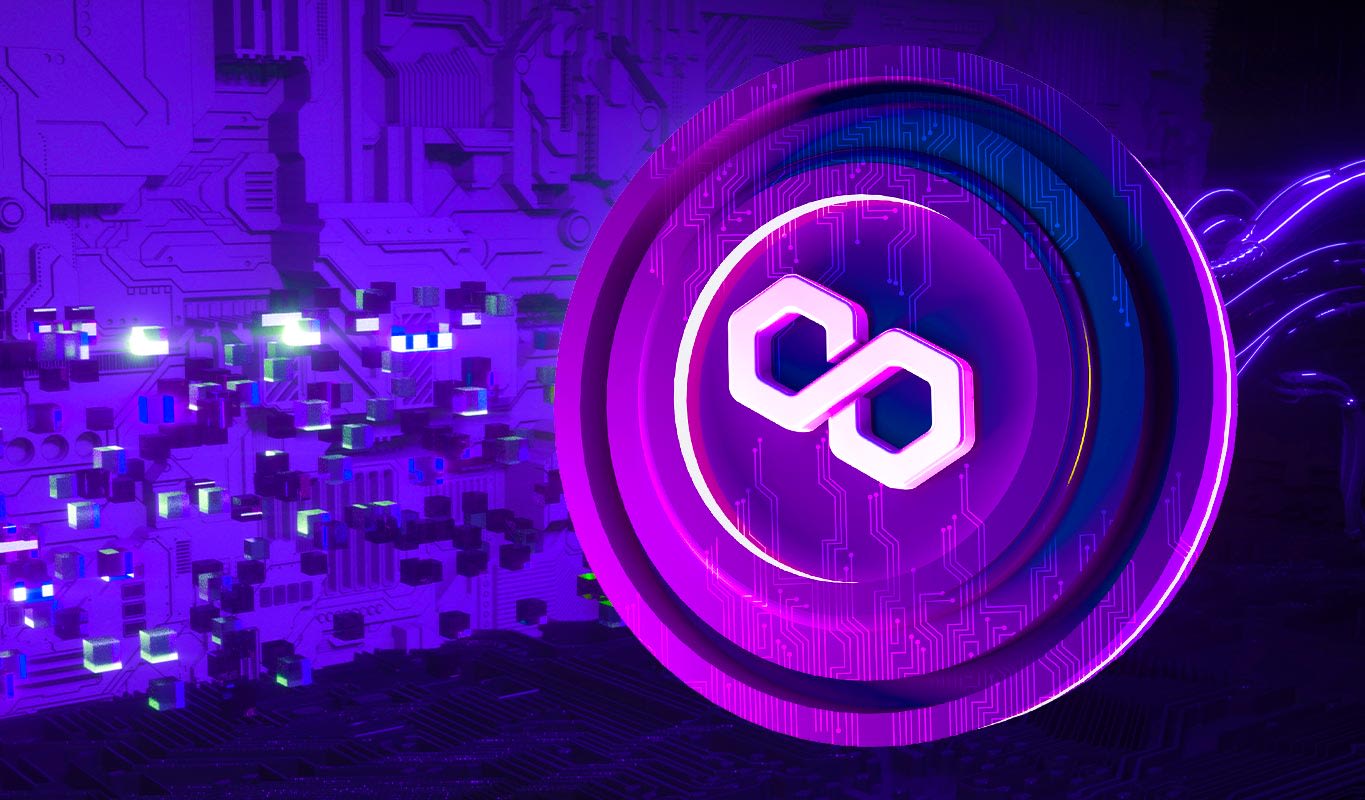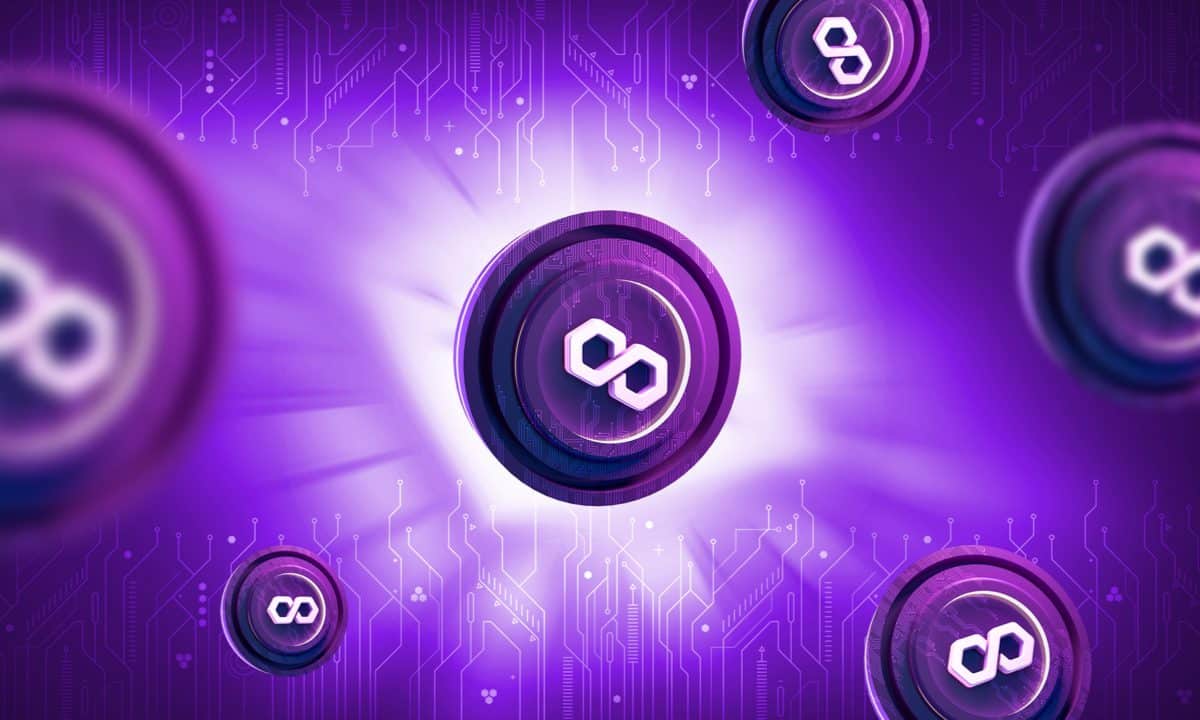Polygon Hard Fork - was it success?
This analytics dashboard provides comprehensive insights into the performance of the Polygon network following its hard fork on Jan-17-2023. The dashboard focuses on three key metrics: volume, active users, and transaction fees, and provides data for daily and monthly averages as well as monthly differences for these metrics.
Loading...
Loading...
Volume 💰
Active Users 👨💻
Gas fees ⛽💵
Loading...
Loading...
The chart displayed above demonstrates the percentage difference of active users on a weekly basis.
Loading...
Loading...
Loading...
On the first chart below you can see:
-
🟩🟦📊 Daily volume of all transactions on polygon network 3 months before the Hard Fork and every day after the Hard Fork in MATIC (green and blue bars - left y axis)
🟪📈 10 day moving average of the volume (purple line - right y axis)
The second chart
🟦🟩📊 Shows weekly volume in MATIC
🟩 - Before Hard Fork
🟦 - After Hard Fork
The chart above 🟩🟦📊 shows % difference in weekly volume compared to previous week in MATIC on Polygon Network
Loading...
Loading...
In this section, akin to the volume charts, we can observe the metrics of Active Daily Users and the 10-day moving average of Active Users.
This chart shows how many users were active on a weekly basis.
Conclusion 📝
In conclusion, the recently completed hard fork by Polygon aimed to improve gas fees and reduce reorgs has led to mixed results. Both the minimum and average transaction fees increased, and the maximum transaction fees remained about the same. The number of active users also slightly decreased, which could be attributed to other factors beyond the hard fork.
On the other hand, the volume of transactions showed an increase initially but later decreased. It's worth noting that this trend was happening even before the hard fork, so it may not be directly related to its implementation. Nonetheless, it's important to keep monitoring these metrics to assess the impact of the hard fork over a longer period.
Overall, it appears that the hard fork did not achieve the desired outcome of reducing transaction fees. However, it's important to note that improving the scalability and efficiency of blockchain technology is a complex and ongoing process that requires continuous experimentation and iteration. The results of this hard fork provide valuable insights that can inform future upgrades and initiatives to enhance the Polygon network's performance.
Made by @mondov_dev
🐦 Twitter
Other Resources: polygon image polygon image 2
Displayed on the chart below are two metrics related to transaction fees: 🟩🟦 the daily average transaction fee on the left y-axis, and 🟪 the 10-day moving average on the right y-axis.
This chart ⬇️ represents the daily median transaction fee.
Loading...
Loading...
The two scatter charts depicted below exhibit the minimum and maximum daily transaction fees as separate data sets. Additionally, the line chart showcases both sets of data combined.
About Polygon Hard Fork
Polygon, an Ethereum-scaling project, successfully completed a hard fork designed to reduce instances of spiking gas fees and disruptive chain reorganizations.
The software upgrade occurred at 10:45 UTC (5:45 a.m. ET) on Tuesday Jan-17-2023
The first proposal adjusted a mechanism that sets gas fees. The new mechanism aims to keep gas prices low when there is a lot of activity on the network.
The second proposal aims to reduce the amount of time it takes to complete a data block.
Source: coindesk.comIn this Dashboard
Volume 💰
Active Users 👨💻
Gas Fees ⛽💵
Conclusion 📝

